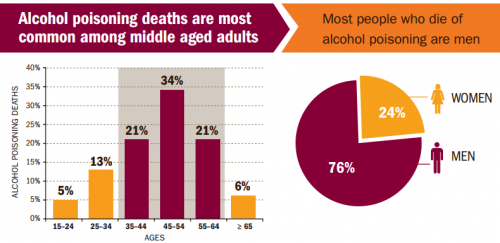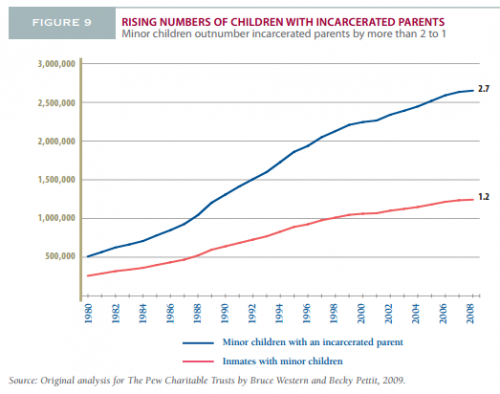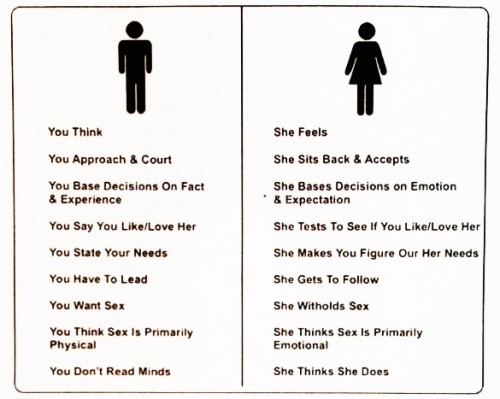Girls do more chores than boys and are less likely to get an allowance in exchange for their work. When they do, they are paid less.
Research projects on children’s time use find that boys do 43 to 46 minutes of housework for every hour that girls do. When asked to list the chores they do, girls list 42 percent more chores than boys. Girls are as likely as boys to participate in outside chores and more likely to clean their own rooms, help prepare meals, and care for sibling and pets; the only thing boys report doing more often than girls is basic housecleaning.
Another study by the children’s magazine Highlights confirmed the finding: 73 percent of their girl readers reported being assigned routine chores, compared to 65 percent of their boy readers. Girls spend more time on chores than they do playing; the opposite is true for boys.
Not only are girls more likely to be asked to help out around the house, they are less likely to get paid. The Michigan study found that boys are 15 percent more likely than girls to get an allowance for the chores they do. And when they do get paid, they get a lower wage than their brothers. Male babysitters get paid $0.50 more an hour than females. Girls do 35 percent more work than boys, but bring home only $0.73 cents on boys’ dollar.
The gender pay gap starts early.
Cross-posted at Pacific Standard and Business Insider.
Lisa Wade, PhD is an Associate Professor at Tulane University. She is the author of American Hookup, a book about college sexual culture; a textbook about gender; and a forthcoming introductory text: Terrible Magnificent Sociology. You can follow her on Twitter and Instagram.









